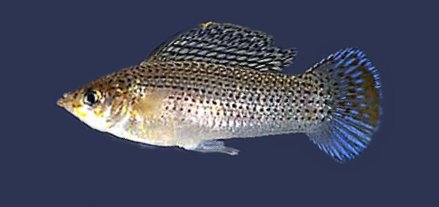Facts About Poecilia
The genus *Poecilia*, part of the Poeciliidae family within the Cyprinodontiformes order, encompasses a variety of livebearing fish commonly found in freshwater, brackish, and saltwater environments across the Americas. Some species have even adapted to extreme habitats, such as caves and areas with high hydrogen sulfide levels. Most species in this genus are collectively referred to as mollies, with notable exceptions such as the Endler's livebearer and the guppy.
First described by Franz Steindachner in 1863, the name *Poecilia* derives from the Greek word "poikilos" meaning "of many colors." These fish are significant in aquaculture due to their resilience and ability to thrive in a range of water conditions. While some species are popular in aquariums, others are threatened in the wild and listed as critically endangered by the International Union for Conservation of Nature (IUCN).
The genus *Poecilia* includes 40 recognized species, renowned for their vibrant colors and patterns, which make them a favorite among aquarium enthusiasts. These species can thrive in freshwater, brackish, and marine aquariums. The genus is further categorized into subgenera based on taxonomic classifications, underscoring their adaptability and diverse appearances.
